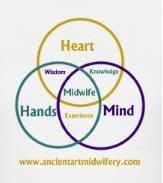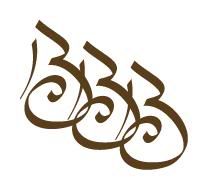Conference choices & Excitement
When registering for the Trust Birth Conference there were so many choices for the classes. I decided that even though some topics seemed more "fun" or maybe some speakers were on my "want to hear before I die" list, that the topics necessary to fill in my educational needs were more important.
Pre-conference is the 2 day skills lab. Most of these skills I already know but I feel I need a refresher and to see how other midwives do these. And there are a few skills I do still need.
I get to hear Dr. Jeanne Ohm (chiropractor and natural birth advocate) and Dr. Sarah Buckley on opening night.
And for the classes and why I chose them:
Track 1: Pamela Hines-Powell: Pre and Postnatal Depression
I had PPD. Others I know have had PPD. I feel that I can never know enough about PPD. And the midwife Pamela was the phone backup midwife for me with my twins homebirth.
Track 2: Jodilyn Owen: Newborn Assessment for Midwives
My newborn assessment is rusty. My preceptor doesn't teach it very well and I don't want to miss something on a newborn!
Track 3: Gail Hart: Postpartum Hemorrhage & Other Third Stage Difficulties
I have seen lots PPH in my time in Indonesia. Even there we did whole discussions on this. Again, can never know enough about PPH.
Track 4: Panel (Combest, Denny, Craig): Practical Skills for Midwives in a Third World Country
This is the class I'm most excited about. All of my midwifery training and work has been in 3rd world countries/environments.
Track 5: Gail Hart: The First Sixty Minutes of Life
What to do and not to do with newborns in the first 60 minutes when it comes to protocols, interventions, etc.
Track 6: Amanda Hofedetz: Toxins in Breast milk: A Global Perspective on the Effects of Diet and Lifestyle
One of my specialties for AAMI is on breastfeeding.
Track 7: Panel (Combest, Edmonds, Hart, Hartley, Zittle): Licensure—Planning to Practice With or Without
I have decided to work towards the CPM (see previous post) but still want to know more of the pros/cons and how to work with those.
Track 8: Jenny West: Water birth—Promoting Trust and Less Interference
I love waterbirths and see a lot of them. I also see a lot of them done wrong in the hospitals here.
Track 9: Karen Strange: Meconium: Facts, Implications, and Perspectives
I really wanted to take Karen's neo-natal resuscitation class but it's the same time as the skills labs. So, I'll settle for 2nd best and at least hear her on a different topic that is somewhat related.
I am so excited about this conference. Leaving in less than 48 hours. The weather in Bangkok this week is supposed to reach at least 100F. Weather in Los Angeles? Highs in the mid-60s. After 9 years in Bangkok and no winter, I'm gonna freeze my butt off and looking forward to it!
Labels: AAMI, apprentice, breastfeeding, midwife



